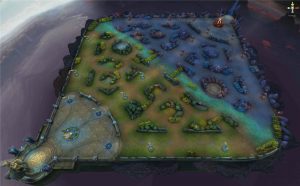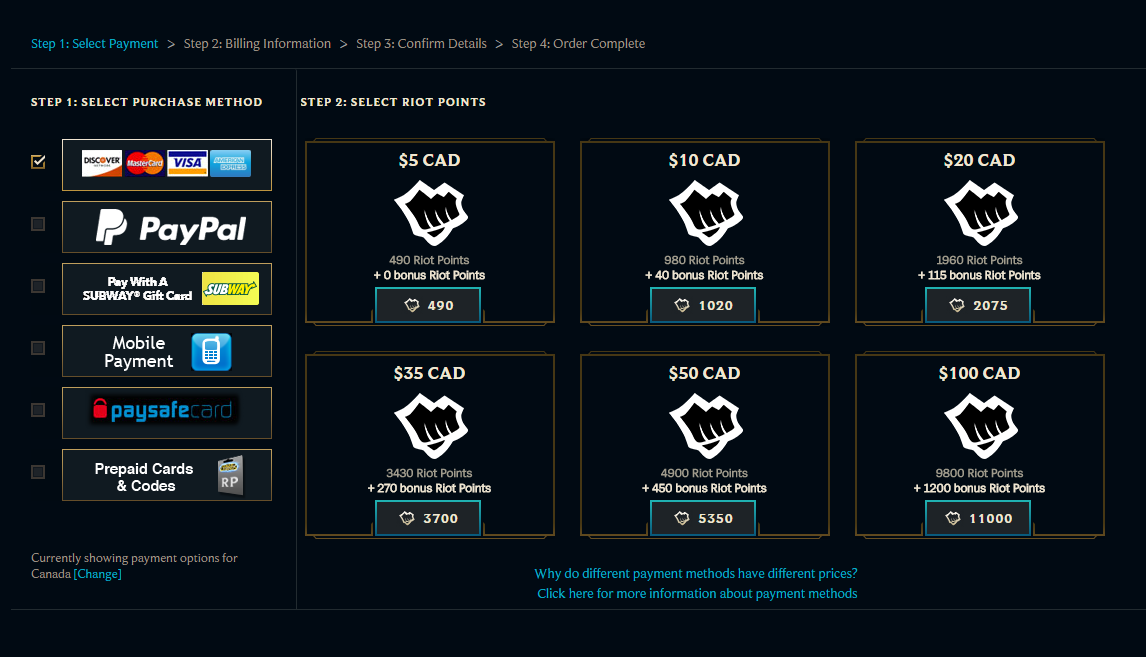EA disappointed and amused countless gamers this season with its tumultuous release of Star Wars: Battlefront II, a game packed with content ready for players to enjoy – that is, only if you were ready to spend literal days grinding for in-game currency, or willing to shell out a couple thousands of dollars to unlock all of it right away. Activision and Bungie raised hopes for Destiny 2’s first expansion. The game’s fanbase, however, was less than pleased after it became clear that not opting into the purchase would prevent them from accessing content they had already been enjoying, and Bungie’s new DLC originally locked non-paying customers out of Prestige Raids and Trials of the Nine. Over the past year, it’s become clear that microtransactions are starting to become a sore issue for gamers. Do the microtransactions in League of Legends, one of the most popular games on the planet, get a free pass?
Tencent’s Ownership of Riot
Riot has made very few changes to their economic model in a world where microtransactions are becoming more commonplace in non-mobile games. But complaints about Riot’s management and business approach are neither new nor rare. In late 2015, Riot Games sold its remaining equity to Tencent Holdings. Now, Tencent has held a majority equity interest in League since 2011, but this move was enough to spark minor controversy.
As a major public investment conglomerate based in China, Tencent is perhaps best known in the gaming sphere for their monopoly on mobile games that utilize “asset flips.” That’s a fancy way of saying that they build “new” games from existing content by changing a couple assets, tweaking some features or mechanics, and proceed to sell the title as an original product. Tencent’s mobile apps have also been criticized for a business model that’s heavily reliant on microtransactions. If you’re playing one of their games, you’ll be encouraged to spend money on speeding up leveling time or reducing the hours required to grind for loot.
Oddly enough, after Tencent acquired Riot Games, the Chinese company released a mobile MOBA title of their own, Arena of Valor. (The game is also known as Kings of Glory, Honor of Kings, or Strike of Kings, depending on regional translation.) Many pointed out, fairly enough, that the game was a League of Legends “knock-off.”

Most people aren’t aware of Riot’s involvement with Tencent, but gamers were quick to condemn the mobile game as yet another example of flimsy international copyright law. Outside of the United States and Canada, Arena of Valor is treated a bit more seriously, with a reported 50 million daily average userbase in 2016. It’s no surprise that Tencent’s emphasis on microtransaction revenue streams has had an influence on the business practices players encounter in League of Legends.
League of Legends Microtransactions
In League of Legends, Riot Points (RP) are an in-game currency that’s mostly used for buying cosmetic items, although players can purchase new champions using RP. You can, also spend RP on experience point boosts that increase the amount of XP a player gains by finishing matches. You can use RP to buy rune pages, and in the new model, players have five default rune pages that cannot be customized. For many, these pages served as a simple introduction to the new rune system. However, a more cynical take on the situation might see it as a thinly veiled attempt to appease concerns about League of Legends becoming a “pay-to-win” game.
You May Like
Most of the microtransactions in League of Legends revolve around cosmetics, but millions of players, even in the more casual tiers of competitive play, have spent hundreds—if not thousands—of dollars on a single account. It can cost upwards of $40 CAD to get a top tier cosmetic, but that’s not because the RP cost of the skins themselves actually cost that much. It’s because users must purchase RP in chunks that are intentionally misaligned with the actual price of the in-game content. A cheap skin is 450 RP, and the smallest RP package available (in Canada) will give you 490 RP for $5 CAD.

This practice lets Riot Games ensure that players have RP left over, and that their rollover RP balance will be useless until they purchase more. A decent number of champions cost 975 RP, and the next tier of RP bundles above the 490 RP package gives you 1020 RP. Ten Hextech chests cost 1950 RP, which means if you go one tier up, you’ll end up with a small amount of “unusable” RP after you’ve bought the chests.
Microtransaction Madness
Fans of the game often brag about about League’s unassuming microtransactions, and how so much of the content available for genuine purchase is unnecessary to play the game. Yet the purchasing scale ensures that players who purchase once will feel like they’re “wasting” their remaining RP balance. I have 5 RP sitting on my account right now, and it serves as a constant reminder that they’re worthless—unless, of course, I decide to buy more RP.
This might not seem that insidious, and it’s a smart way to generate profit off of a free game. But don’t ever assume that pricing decisions like these are unintentional. For a game owned by a company who makes a mint off of mobile gaming microtransactions, can we expect League’s rewards and purchasing systems to stay the same? Should League of Legends players, who are clearly willing to spend thousands on a free-to-play game, feel comfortable about these microtransactions?
What do you think? Share your opinion with us on Twitter!
















